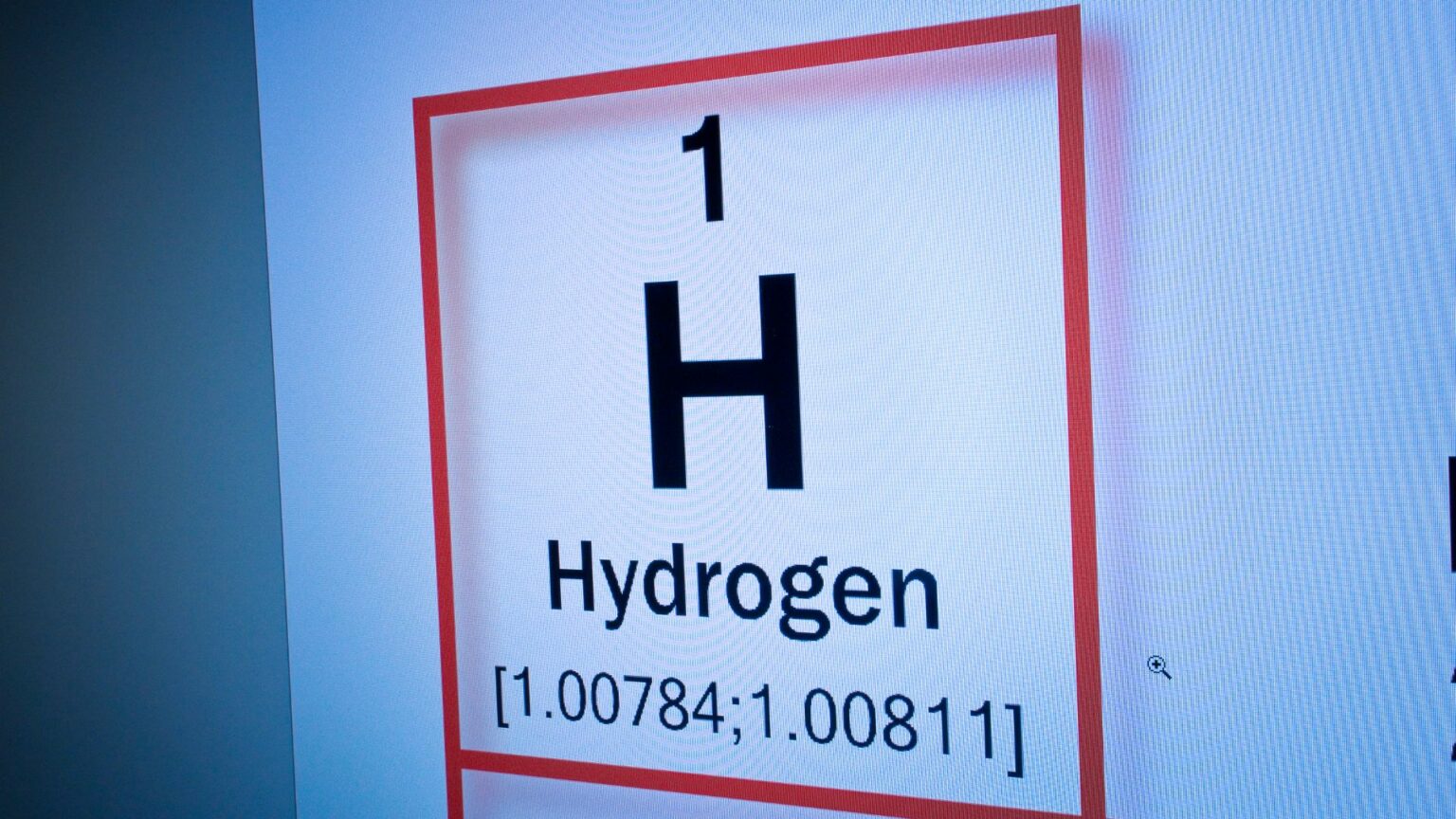Spain’s Inta testing center in Cuadros, León, is at the forefront of breakthrough experiments that could reshape the energy landscape by enabling more sustainable alternatives for air and land transportation.
The facility, operated by the National Institute of Aerospace Technology, has taken a significant step toward developing the technology necessary for the European aeronautical industry to utilize hydrogen as an eco-friendly fuel source.
Hydrogen, with its potential to replace conventional fuels, is a key player in reducing emissions and transitioning to a cleaner energy landscape. However, its safe and efficient storage poses complex challenges, particularly for transportation applications. Hydrogen must be stored in liquid form at extremely low temperatures, which necessitates specialized storage tanks capable of withstanding the unique demands of this fuel source.
In collaboration with the Swedish Research Institute (Rise), the Cuadros Inta testing center is contributing to the LH2-Tanks project. This project aims to design lightweight, composite-material tanks optimized for storing liquid hydrogen. Such tanks are crucial for the widespread adoption of hydrogen as a clean energy source, particularly in the aeronautical industry.
The testing center recently conducted cryogenic experiments on a liquid hydrogen tank. In an unprecedented move, the test used liquid nitrogen instead of hydrogen, given the inherent safety concerns associated with the latter. The test was performed outdoors in the expansive facilities of Cuadros and closely monitored remotely to ensure safety. It was recorded in super slow motion, providing detailed insights into the entire process.
Two types of tests have been conducted at the Inta center. Cycling tests involve cyclically increasing and decreasing the tank’s pressure. The second type, tank explosion tests, involves using liquid nitrogen under pressure to simulate extreme conditions.
The key challenge is addressing the extreme low temperatures (-253 degrees Celsius) and the resulting thermal stresses and deformations in tank materials. These factors must be considered in tank design to ensure safe and efficient storage of hydrogen. Additionally, changes in material properties at low temperatures must be measured and accounted for.
The project underway in Cuadros includes materials testing, design, manufacturing, and testing of two demonstration tanks. The ultimate goal is to facilitate the widespread use of hydrogen as a fuel source for European aircraft by the 2030s. This innovative technology will likely pave the way for sustainable aviation and contribute to the global transition from fossil fuels.
The LH2-Tanks project involves collaboration with several partners, including Oxeon AB, Chalmers University, Linköping University, and KonveGas AB. The project is funded by the Swedish Energy Agency within the “Fossil Fuel Free Aviation 2045” program, with additional co-financing from Oxeon AB.
The Inta testing center in Cuadros has gained recognition for its high safety standards and exceptional facilities, making it an ideal location for conducting tests related to hydrogen storage. Its collaboration with the Swedish Research Institute and commitment to advancing hydrogen technology underscores its position as a leading center for developing hydrogen storage solutions.





